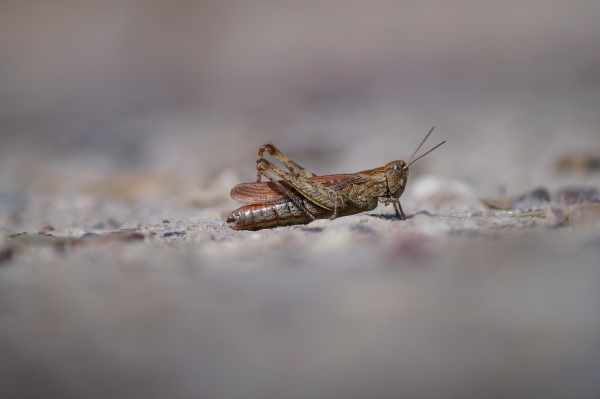As insect populations decrease worldwide — in what some have called an “insect apocalypse” — biologists seek to understand how the six-legged creatures are responding to a warming world and to predict the long-term winners and losers.
As insect populations decrease worldwide — in what some have called an “insect apocalypse” — biologists seek to understand how the six-legged creatures are responding to a warming world and to predict the long-term winners and losers.
A new study of grasshoppers in the mountains of Colorado shows that, while the answers are complicated, biologists have much of the knowledge they need to make these predictions and prepare for the consequences. The study, published Jan. 30 in PLOS Biology, compares thousands of grasshoppers collected in Colorado between 1958 and 1960 with modern-day specimens.
“Understanding what species are likely to be winners and losers with climate change has been really challenging so far,” said corresponding author Lauren Buckley, a professor of biology at the University of Washington. “Hopefully this work starts to demonstrate some principles by which we can improve predictions and figure out how to appropriately respond to ecosystem changes stemming from climate change.”
Read more at University of Washington
Photo Credit: Sergej66 via Pixabay




